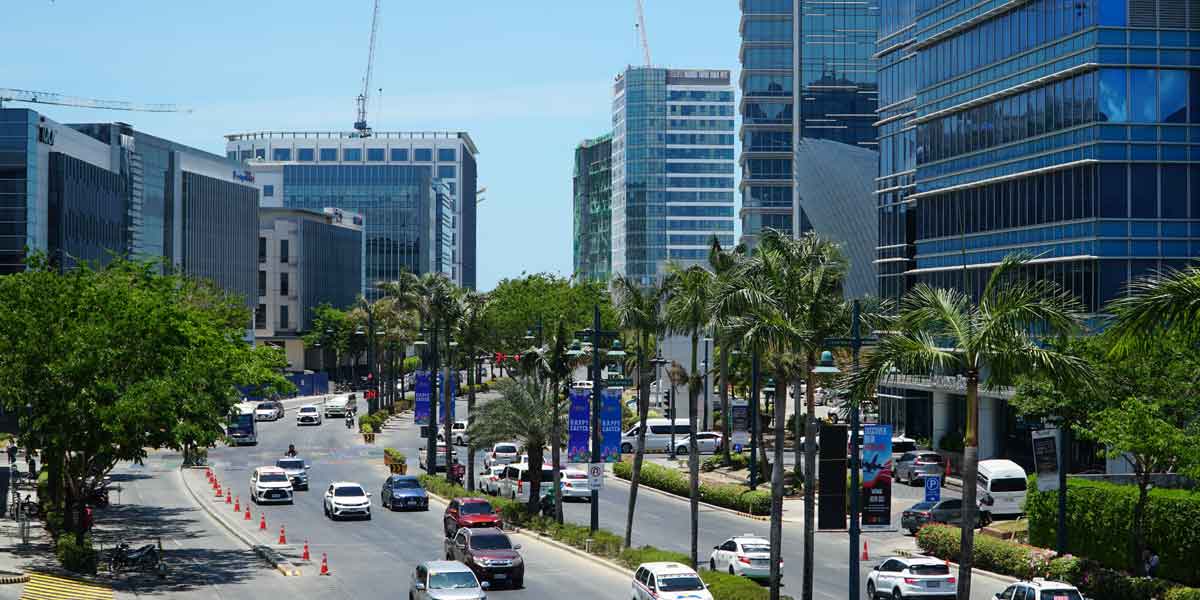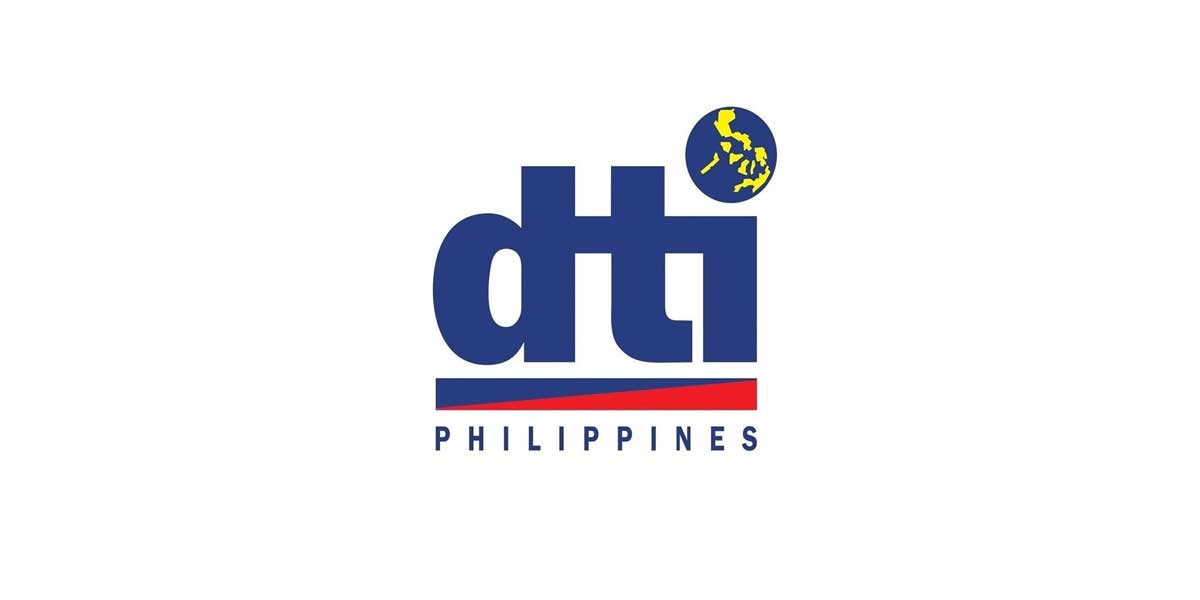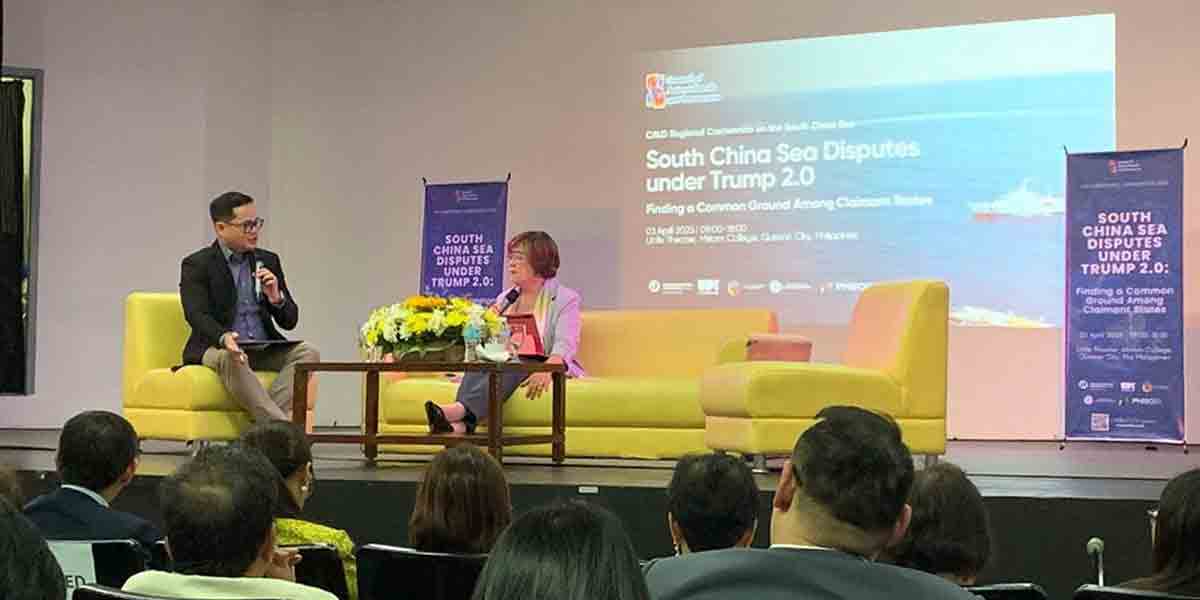 By Joshua Corcuera
By Joshua Corcuera
Quacquarelli Symonds (QS), a global higher education think tank, released last Wednesday its 2021 Asian University Rankings. In coming up with the list, QS adopted a methodology which consisted of 11 indicators: academic reputation, employer reputation, faculty-student ratio, international research network, citations per paper, papers per faculty, staff with a Ph.D., international faculty, international students, inbound exchange students, and outbound exchange students.
It is imperative to discuss how Philippine universities fared in the ranking by the prestigious education think tank as well as giving background to some notable educational institutions. At the same time, it is essential to take note of why these rankings are not as impressive as they seem to be.
The list for the 2021 edition included over 650 educational institutions in the world’s largest continent with 14 universities coming from the Philippines. Nine of these higher educational institutions (HEIs) are private, while six came from Metro Manila. The fact that there are more HEIs outside the Philippine capital seems to be a good sign that education is not centralized. This allows promising youth in provinces to have a chance to receive formal education, particularly a post-secondary diploma.
However, the fact that the majority of HEIs are private might be troubling in regard to access. It is imperative to remember that tuition and other fees increase have become a yearly issue in private universities aside from the no permit, no exam policy. These anti-poor and anti-student policies could affect less privileged students in finishing college. Hence, even though more than a dozen Philippine HEIs are among Asia’s best, access to these schools is a struggle to surmount for many.
In the first place, university rankings — even from reliable organizations like QS and Times Higher Education (THE) — are criticized and mired with controversy. How to rank universities is one struggle university rankings try to solve but are still unable to do so without criticism. For instance, QS is criticized for giving emphasis on perceived reputation which is often determined by surveys — considered to be a highly subjective method. On the other hand, THE rankings rely heavily on citations which is unfavorable to educational institutions where English is not the medium of instruction. To make it short, there are issues with the methodology of ranking universities.
Another essential note is to remember that university rankings do not necessarily reflect the state of education in a particular society. Even though the Philippines did well — compared to previous years at least — in the 2021 QS Asia University Rankings, there are still a lot of improvements needed in Philippine education. As mentioned earlier, universal access is one of these issues as less privileged students find it difficult to attend college. Moreover, HEIs might focus on improving their positions in these rankings instead of genuinely improving their teaching quality. For purposes of attracting enrollees, universities might emphasize improving themselves based on the criteria set by university rankings to achieve a higher rank. This is also detrimental to improving Philippine education as we become too much influenced by foreign methods of instruction.
To sum it up, the 2021 QS Asia University Rankings look like an impressive achievement for Philippine higher education. As impressive as it may be, however, it should not be used as the sole basis for judging the quality of Philippine education. Moreover, HEIs must remain focused on producing students that are of competence and character — professionals who can help solve society’s problems.

























